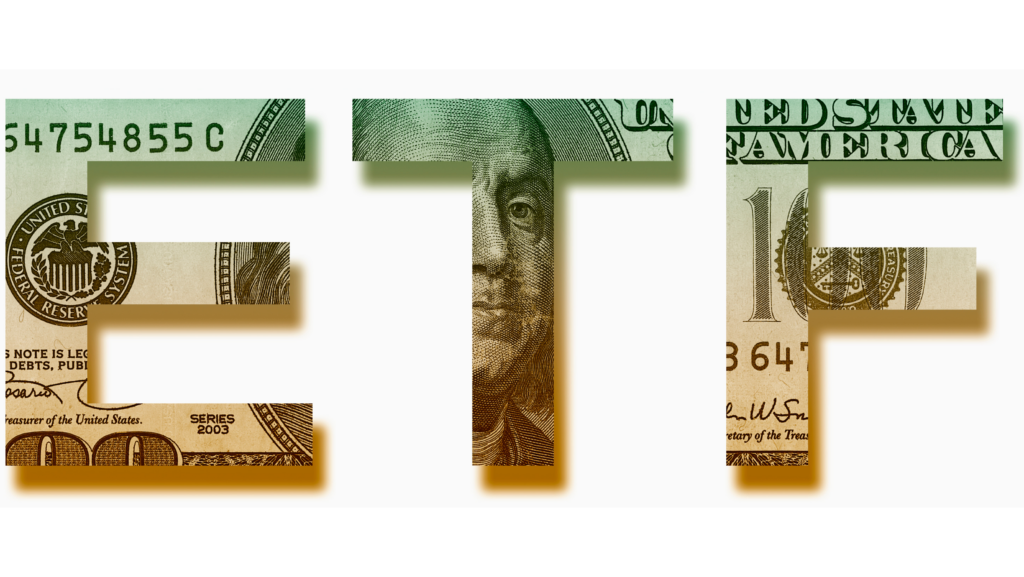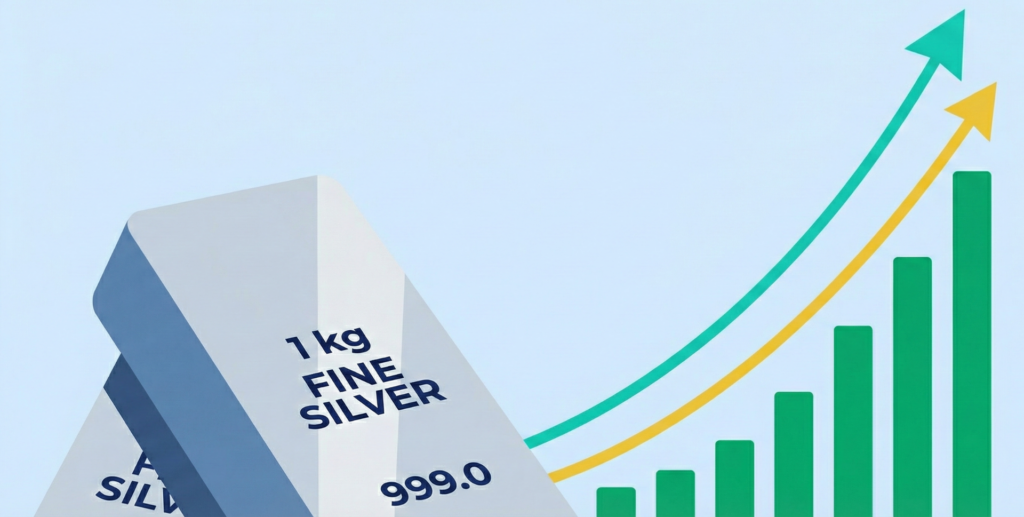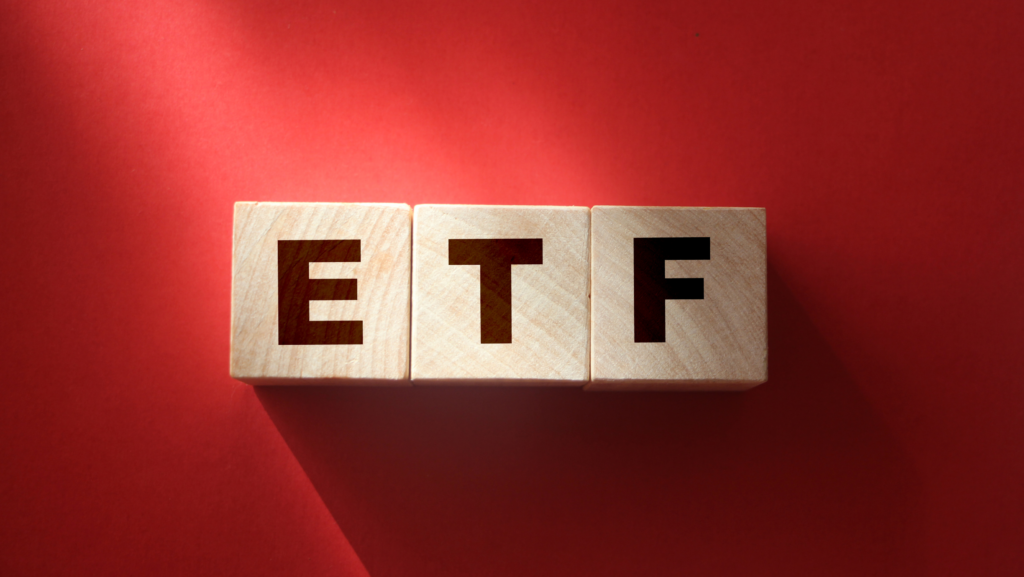Millions of Indians park their savings in the stock market, either by directly purchasing shares or by investing through mutual funds. Almost everyone has heard of mutual funds. However, there is a more efficient and beneficial way of investing in the markets via ETFs.
But, what are they?
ETFs are similar to mutual funds barring a few critical differences that set them apart.
- ETFs can be sold and bought during trading hours, almost like buying a stock on a trading app which helps the investor earn the desired returns. In the case of mutual funds, the fund allocates units to an investor at the end of the trading day. Redemption or purchase of units happens at the cost quoted at the end of the day, and not during trading hours.
- ETFs as a market instrument are younger. Mutual funds were first launched in 1924 in the US. On the other hand, ETFs are rather new considering that they made their debut in 1993.
- If we rewind a few decades, mutual funds were mostly actively managed. However, a large quantum of mutual fund assets today are passively managed. In the case of ETFs, they began as a passively managed instrument but are increasingly being managed actively by fund managers.
How can you benefit from ETFs?
The meteoric growth in ETF popularity is for all to see when one considers the fact that, in 2003, they numbered a measly 203. This figure has now ballooned to a whopping 8,754 globally.
More and more people around the globe are investing in ETFs, as per the market data. Cumulative assets under management in 2022 clocked in at a handsome $ 6.4 trillion.
Pros of investing an ETF
- Trading flexibility
Conventional mutual funds may let you buy or redeem your units during the trading day but the price at which the units are sold or bought is based on the Net Asset Value of the units, which is declared by the fund house at the end of the day.
With an ETF, inventors can purchase or sell their units during market hours, and the rate at which they enter the trade is continuously quoted. With an ETF, an investor is better prepared to brace market volatility, and can instantaneously re-shuffle their portfolio. There is also greater clarity as the investor gets an accurate picture of the rates at which he sells or purchases the ETFs.
Traders can also short-sell ETFs helping them profit from market swings.
- Diversification
Think of a sector or a market theme, and there will be an ETF enabling exposure to investors. Within the US ecosystem, there are large-cap, mid-cap and small-cap ETFs facilitating access to a wide variety of risk appetites, preferences and growth potential. What’s more, with the enormous umbrella of ETFs spread across the world, investors can diversify their portfolios and gain exposure to different indices and global companies.
- Low costs
Both mutual funds and ETFs have to sustain costs irrespective of their structure. However, the costs incurred by ETFs are less compared to traditional mutual funds. With lower costs, the expense ratio imposed on the investors also comes down, effectively, making ETFs far more cost-efficient compared to mutual funds.
- Capital gains tax burden
The capital gains tax burden is higher in mutual funds compared to ETFs. In ETFs, the capital gains tax accrued is at par with the sale of stocks. In the case of mutual funds, fund managers pass on the burden of capital gains tax to investors throughout the life of the investment.
Cons of an ETF
There are limited disadvantages of ETFs, which can come into play only in certain circumstances, depending on one’s investing profile.
- Encourages short-selling and speculation
Some segments of the market believe that ETFs make it easy for investors to trade riskily. However, this argument can be applied to almost all wealth-creating investments. Excessive speculation and trading can ruin a good bet, not just in ETFs but in mutual funds and equities as well.
As a rule, one must stay away from over-speculation.
- Unknown indices
Before investing in an ETF, it is important that one understands the dynamics of the broader market in which they are investing, and whether it aligns with one’s financial goals. Considering that there are so many indices in the US, it is easy to be swayed into investing in an unknown or poor-volume ETF. This could be dangerous for the investor.
Always remember to invest in reputed ETFs that report high market volume, and participation by retail and institutional players.
The bottom line
ETFs have proven to be a reliable and credible investment option globally. More and more people are pooling their funds into ETFs pivoting around different indices, sectors, market caps and themes. Contrasted with mutual funds, they offer greater trading flexibility, better returns, lower administrative costs and impose lesser expenses on the investor. At the same time, one must steer clear of ETFs that do not have a proven track record. To invest smartly in the US markets, you need an authentic guide like Appreciate to help you maximise your wealth and avoid market pitfalls.























